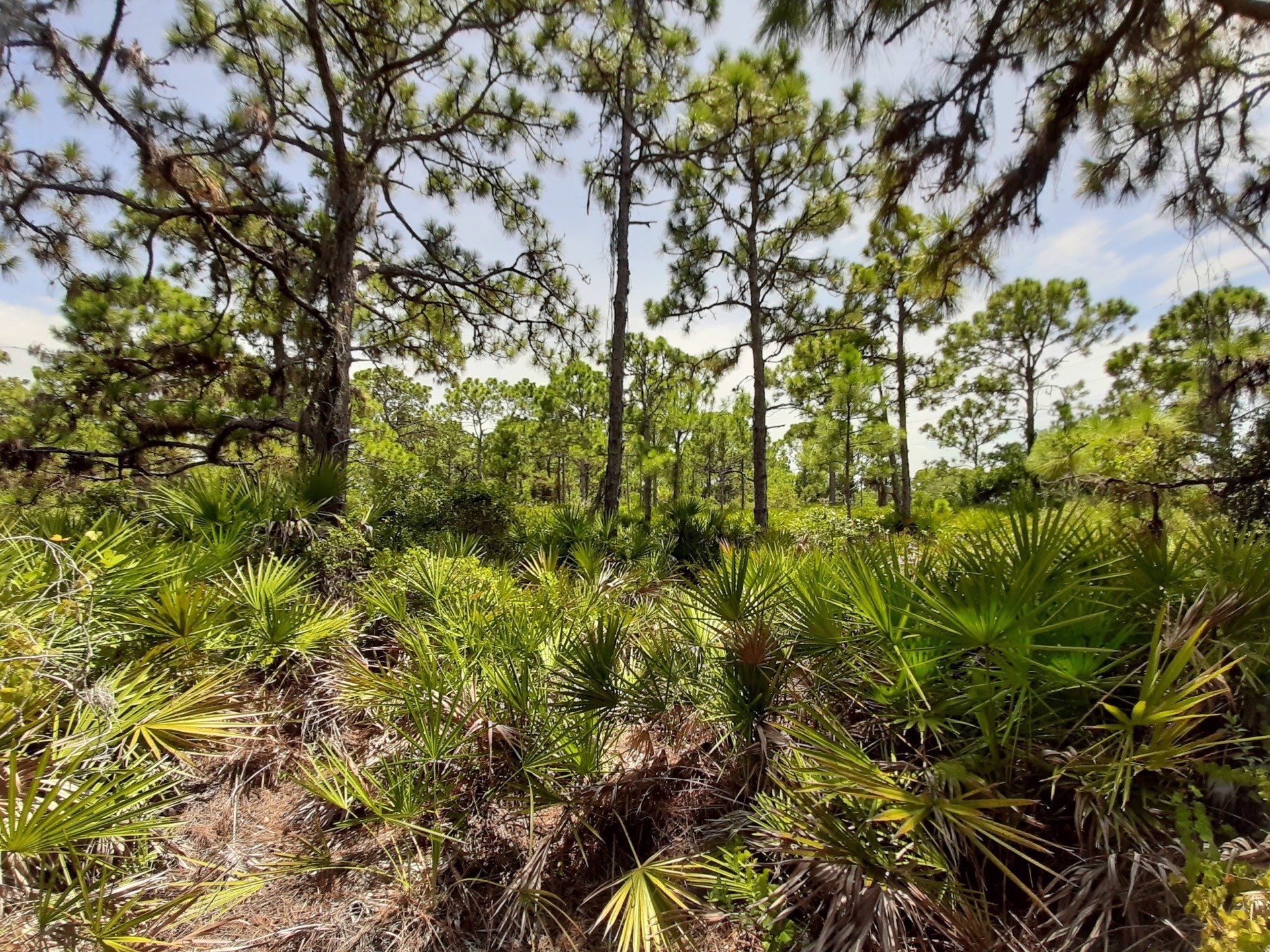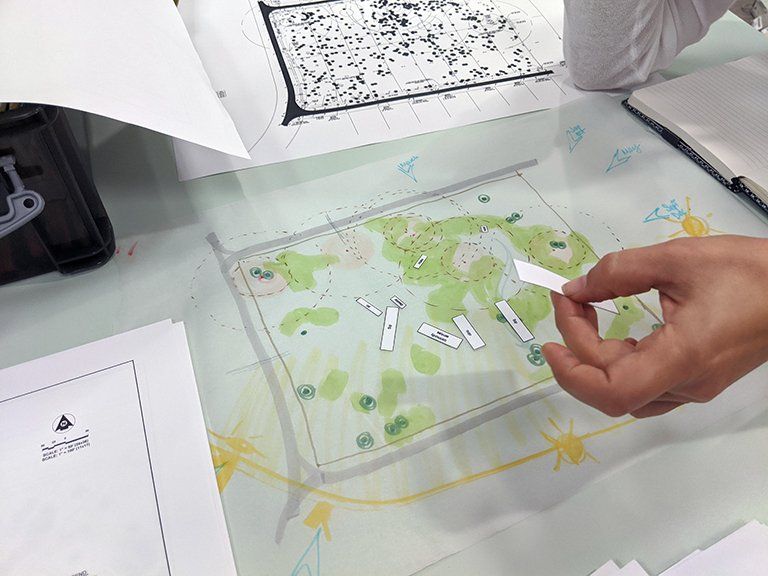"The Story" and how important it is to selling a non-profit project
The Importance of "The Story" for Non-Profits
When working with non-profits that plan to expand and build new facilities, we have found that an important component for organizations to attract donors and increase capital campaign dollars is to formulate "the story” behind the design of your new buildings. The impact this “story” has from beginning to end provides a number of advantages for the success of any non-profit organization. Below is more about why "the story” is so important.

Over the last few years, we have been lucky enough to include numerous non-profit organizations as clients, ranging from human services to performing arts to animal services. We choose to work with non-profits because we enjoy the process of designing buildings that impact the communities they serve. We find that the design approach for non-profits is unique and we appreciate the passion that follows the staff, its directors and its donors.
What do we mean when we say “The Story”?
Different than a private development, a non-profit’s building project brings unique elements to the final completion of the project. Where a real estate developer’s main focus and pro-forma is based
purely on profit, a non-profit organization’s approach centers around the mission and their purpose for the community. The project includes an inherent passion felt and displayed by the people that work in the organization, the people that run the organization and the founders that began the organization. This passion translates to what we call “the story.”
The story provides a set of book ends for the design of an organization’s future building and master planning. On one end, the story influences the initial design phase. It provides inspiration and ideas that allow the layout and the building aesthetic to take shape, while always harking back to the organization’s true essence.
On the other side of the book end, the story gives the organization a meaning behind its proposed development to present to donors. It provides enhancement to the capital campaign; similar to how an advertiser uses a slogan to promote a product, the story helps to promote the project’s needs to potential donors and capital campaign opportunities.
Understanding how “The Story” supports the project’s success
At Schimberg Group, we believe that there are three crucial ways the story can help shape a non-profit’s future development and final success in creating donor interest and project completion. They are:
- The location and nature of the site and property
- The organizational mission
- Donor engagement and fundraising
Location, location, location
The location of the site and property can provide an important and integral part of the story, which should not be overlooked.
Sometimes, it’s simply about location.
As my real estate friends may say, the three most important things about real estate are location, location, location.
Often, in the case of non-profits, location can be guided by proximity, which in itself can greatly contribute to the story of the project.
For a non-profit educating underserved communities, it will be important to be near those communities.
For a non-profit involved in animal rescue or abuse counseling and treatment, it may be more important to provide access to a natural, more open environment.
For a performing arts center, the location may be closely tied to access to the property.
Whatever the situation or need, location must be carefully considered in how it can be part of the story and support the overall mission of the non-profit.
As hinted above, a site’s location, landscaping and/or natural setting can add an element to the story that captures an interest beyond the buildings. The environment may have natural water features, protected trees or simply a beautiful hammock or landscape that influences the design from day one.
In designing a new facility for the Suncoast Humane Society, the property included Gopher Tortoise habitats and was located in Scrub Jay territory, an endangered species in Florida.
These two habitats provided an opportunity to impact our story about protection of the environment and all living things, in line with the organization’s desire to protect the same, serving adoptable dogs, cats and small animals in the area.
The story created itself in this case and allowed us to proceed with an exciting approach to the design and master plan.
The organizational mission
In contrast to typical private developments, a non-profit’s greatest asset is the inherent and consistent passion pulsing through each involved person’s heart.
Whenever we first meet with our clients, much of the meeting can involve us simply listening to them speak about their organization’s beginnings, purpose and community impact.
This is especially true when we are fortunate enough to speak directly with the founder.
However, even when that is not possible, we have found that listening to executive directors, board members or staff gives us great clarity for the passion and purpose of the organization.
This provides us with the basis for our design that both reflects the needs of the building and gives us a story that helps to mold decisions about circulation, building aesthetic and building orientation.
For our client Resilient Retreat, a 30-bed retreat for people that have experienced a trauma related to domestic or sexual abuse, the essence of the organization’s goals helped determine the relationship of the bedrooms to the outdoor decks to its setting in a naturally wooded lot.
The story of the organization’s mission helped determine how we arranged the floor plans and oriented them on the property to maximize the views and relate to the needs of the client.
Understanding the mission and being able to convey that through the design and layout of the facility, we were able to create a unique identity and sense of place for the organization and for the people serviced by the organization.
Donor engagement and fundraising
Often, the bottom line for a non-profit’s sustainability and success is donor participation.
When expanding and building space to increase the organization’s ability to provide community services, raising money through a capital campaign is a critical step in real estate development.
Detailed renderings are necessary to helping donors visualize the future, but ultimately, it comes down to how those images are presented that makes all the difference.
How do those rendered elevations, 3D perspectives or fly through animations capture a donor’s heart and inspire them to be generous with their philanthropic support?
“The Story.”
The story enhances those images and provides deeper meaning and connection. They give advocates the ability to market the collateral in order to connect that donor to the project and remind them why they supported the non-profit in the first place.
The story can touch their heart and inspire them to give their time, their money and to become a part of the success of that organization’s progress and how it impacts the community it serves.
Often, these donors can see their name on a building or a room memorializing themselves or a loved one as a form of honor or remembrance, making them a critical part of the organization’s future story.
Recently, we were asked to design a new warehouse for the Sarasota Opera to house a recently acquired collection of vintage costumes, the largest known collection of its kind in North America.
The renderings we produced included the front entry. Incorporated into the building’s entry design was a signage band to provide potential donors an opportunity to visualize their own name as they walk into this unique new building with its own unique purpose.
What better way to engage donors than to show them how they can play an integral role in an organization’s future story?
A story’s success
It is always our goal to provide our clients with a quality design, but possibly more important for non-profits is the ability to sell that design and attract potential donors for capital development and ultimately to see the project come to fruition.
The story does just that.
On one end it provides a starting point for that high level of design that visually connects to certain people, the community and its supporters. On the other, it provides the background for anyone in the organization to sell the project in order to appeal to the good hearted, the philanthropic and the committed patrons and supporters of the cause.
I’d love to hear from readers who have their own potential project that they are considering beginning and what their experiences have been with their story and how it allowed them to find potential donors and create a successful project. To share your comments, email barron@theschim.com. Also, don’t forget to subscribe to our newsletter, Methods and Madness, for more insight, information, and visual stimulation for all things architecture and interior design related.




